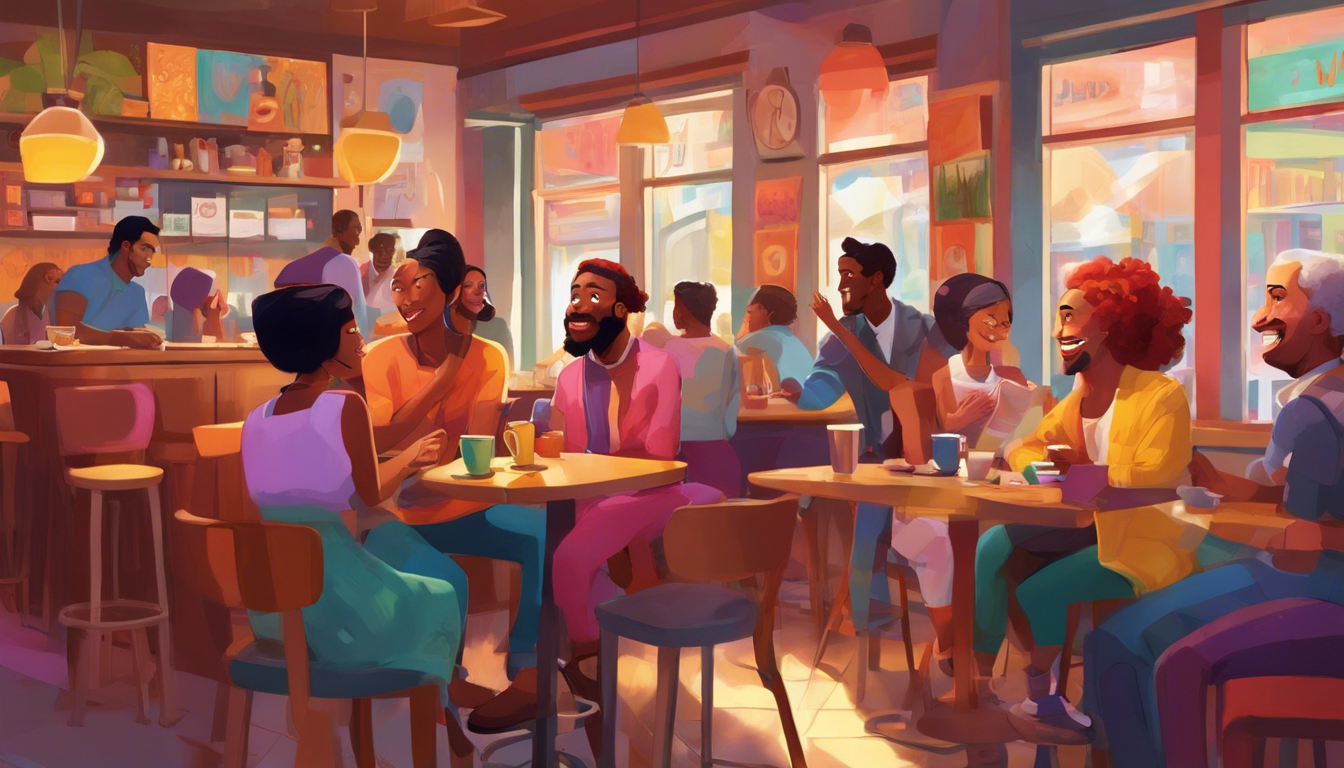
Ah, dialogue!
The veritable lifeblood of any screenplay, where words dance like ballerinas on a stage, bringing characters to life and nudging the plot along with finesse.
It’s the sweet nectar that keeps your audience sipping and wondering what’ll happen next.
But how do you master this magical art of screenplay dialogue?
Well, don’t fret!
Buckle up and grab your pens (or keyboards, let’s be real) because we’re about to embark on a whimsical journey through the world of dialogue.
By the end, you’ll be churning out lines so sharp, they could probably cut through butter!
Let’s dive into the quirky techniques that will make your characters shine brighter than a disco ball at a 70s party.
The BEST AI Screenwriting Tool In Hollywood!
Key Takeaways
- Dialogue is essential for revealing character and advancing the plot in screenplays.
- Creating a unique voice for each character is crucial for authenticity in dialogue.
- Effective dialogue often involves subtext, conveying deeper meanings beneath the surface.
- Maintaining a natural pace and rhythm helps keep audience engagement high.
- Revising and polishing dialogue is key to ensuring every line serves a purpose.
Understanding the Importance of Dialogue in Screenplays
Imagine sitting in a crowded movie theater, popcorn in hand, wide-eyed with anticipation, only to discover that the characters are speaking in something that sounds like a cross between Morse code and cat meowing.
Yikes!
That’s where the magic of screenplay dialogue comes into play.
It’s not just a bunch of words thrown onto a page; it’s the lifeblood of your characters and story.
Good screenplay dialogue should feel as natural as a casual chat over coffee but crisp enough to cut through the heaviness of the plot like a hot knife through butter.
It brings characters to life, conveys emotion, and moves the story forward.
And let’s face it – a movie filled with stilted dialogue is like a party with no music: no one wants to stick around!
So, if you want your screenplay to resonate with audiences and critics alike, crafting snappy, engaging, and, dare we say, downright delightful screenplay dialogue is not just important – it’s absolutely essential!
Character Voice: Crafting Distinctive Speech Patterns
When it comes to screenplay dialogue, think of it like dressing your characters for a party – you wouldn’t want your sophisticated socialite to show up in sweatpants, right?
Each character needs their own unique voice, a speech pattern that shouts (or whispers, depending on their vibe) their personality.
Imagine your grumpy old wizard who speaks in arcane riddles versus your snarky teenager who sprinkles emojis into everything (even in serious conversations!).
Crafting distinctive speech patterns is key!
Start by jotting down the quirks and catchphrases that would feel natural for each character, like how your best friend has that one weird laugh that instantly lights up the room.
Not only does good screenplay dialogue reveal who your characters are, but it makes their unpredictable banter just as juicy as a fresh slice of pizza!
So, as you plot out your script, remember to give each character a voice that would make Shakespeare take notes – because no one likes a bland party, right?
‘Dialogue in a screenplay should be like a conversation between two people. You can hear their voices, you can feel their struggle, and you understand their world. It shouldn’t just tell you what’s happening, it should show you who they are.’ – John Truby
Subtext: What Lies Beneath the Words
Ah, screenplay dialogue – the magical potion that transforms mere words into the lifeblood of your characters, whispering secrets and ticking clocks of emotion.
Think of dialogue as the intricate threads of a beautiful tapestry, where each word is carefully woven to reveal subtext and depth.
Now, you may be wondering, what on earth is subtext?
Simply put, it’s the sneaky little meaning that hovers beneath the surface of what your characters are saying.
Imagine two pals at a coffee shop: on the surface, they’re discussing the weather, but the real storm brewing is their burgeoning rivalry!
For budding screenwriters, understanding that what lies beneath the words can be even more impactful than the dialogue itself is crucial.
Sprinkling subtext like confetti throughout your screenplay dialogue not only makes scenes sizzle but also keeps your audience on the edge of their seats, pondering the true intentions of your characters with every sip of their popcorn.
The BEST AI Screenwriting Tool In Hollywood!
Pacing and Rhythm: Keeping the Dialogue Engaging
Alright aspiring screenwriters, gather ’round!
Today, we’re diving headfirst into the fascinating world of pacing and rhythm in screenplay dialogue—a mystical dance of words that can make or break your script!
Think of dialogue as the espresso shot in your favorite coffee—if it’s too weak, it’s just a pretty cup of hot water, but if it’s too strong, well…
prepare for a jittery aftertaste!
Engaging screenplay dialogue is all about finding that perfect blend.
You want your characters to buzz with life, not drone on like the teacher in a boring classroom (sorry, Mr.
Thompson).
Mix snappy one-liners with detailed chunks of dialogue that feel real.
Remember, just like a good dance number, timing is everything; too fast, and your audience will be lost in a whirlpool of words, too slow, and they might nod off (yawn!).
So go ahead, shake things up with a sassy comeback here, a heartfelt pause there, and remember—the secret ingredient to captivating screenplay dialogue is its pacing and rhythm.
Got it?
Now go forth and make those characters chatter like they’ve just had six cups of coffee!
Avoiding Common Dialogue Pitfalls
Ah, screenplay dialogue—the marvelous alchemy that turns mere words into the golden elixirs of film magic!
However, before you embark on your epic quest to craft the next blockbuster, let’s tiptoe cautiously around the treacherous landmines of common pitfalls.
First up, avoid the infamous ‘on-the-nose’ dialogue that leaves about as much to the imagination as a screen saver.
You know the kind: characters blurting out their feelings like a toddler at a candy store.
‘I’m sad!’ Uhm, yes, we gathered that when your character’s face went from chipper to chipmunk-in-trouble.
Instead, sprinkle in some subtext—think of it as the hidden treasure map that viewers can follow much like an Easter egg hunt!
Oh, and let’s not forget the delightful art of distinct voices; ensure your characters don’t all sound like they took the same linguistics class at Nondescript University.
Give each of them a unique flavor that’ll have audiences craving a sequel!
With these tricks up your sleeve, you’ll master the finesse of screenplay dialogue, leaving readers clamoring for more while avoiding the cringe factor like a wise Jedi.








